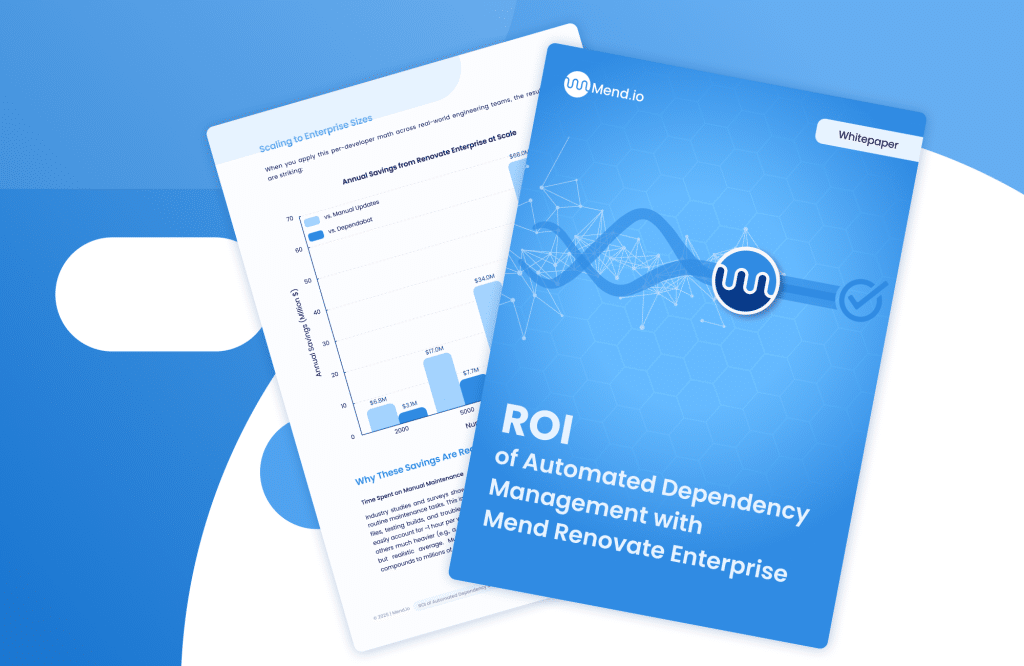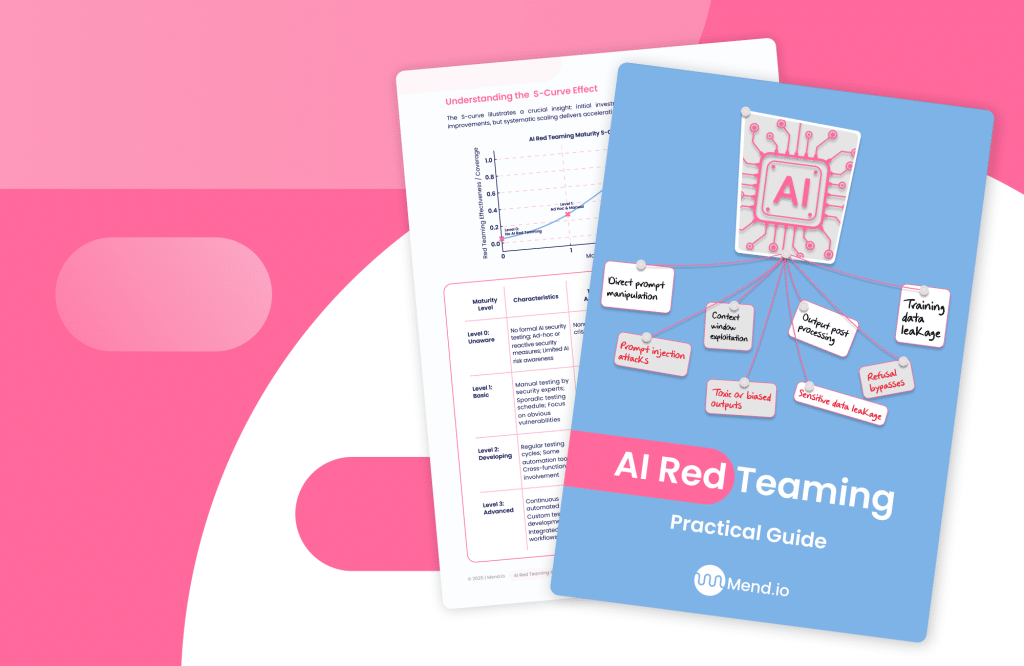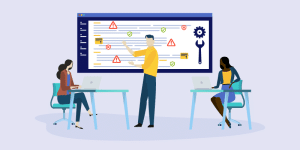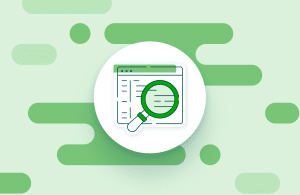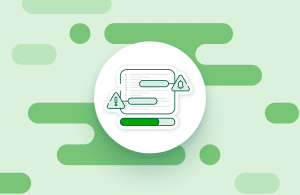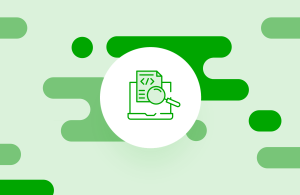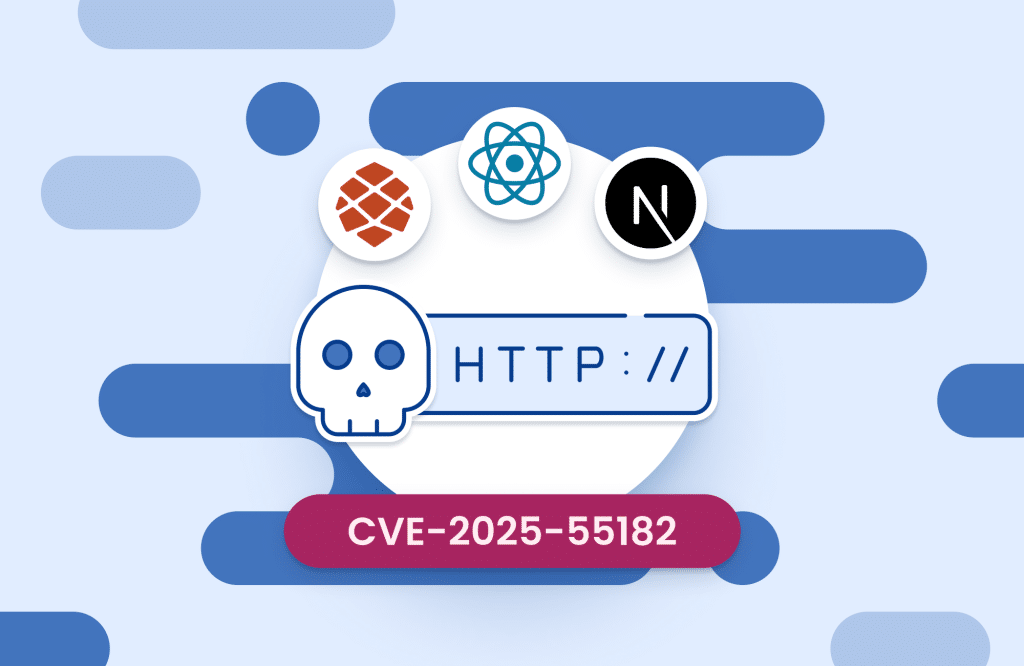Table of contents
Source Code Analysis – For Safer Application Development

Cybercrime is growing faster than ever, and every software release expands the attack surface. With millions of applications deployed across mobile, cloud, and on-premises environments, attackers have countless opportunities to exploit coding flaws. The cost of ignoring vulnerabilities is staggering, both financially and reputationally.
Organizations are shifting left, embedding security earlier into development instead of relying only on post-release testing. While methods like Dynamic Application Security Testing (DAST) and penetration testing provide useful insights after deployment, modern teams increasingly rely on source code analysis to identify vulnerabilities at the earliest possible stage. This article is part of a series of articles about SAST.
What Is Source Code Analysis
Source code analysis is the process of scanning application source code to detect security vulnerabilities, weaknesses, and quality issues before the code is compiled or deployed. It falls under the category of Static Application Security Testing (SAST). By analyzing the code itself, these tools can uncover flaws such as SQL injection, cross-site scripting (XSS), insecure cryptography, and logic errors.
Unlike penetration testing, which simulates external attacks, or dynamic testing, which observes an application while it runs, source code analysis provides a direct view of the codebase itself. This early detection makes it a cornerstone of a secure software development life cycle (SSDLC).
If you want to dive deeper into how SAST compares to other approaches, see our breakdown of SAST vs SCA.
Why Source Code Analysis Matters
Lower remediation costs
Fixing vulnerabilities in production can cost up to 100 times more than resolving them during coding. Catching flaws early with source code analysis reduces both direct costs and downstream delays.
Reduced risk of breaches
The most common web application vulnerabilities, such as injection flaws or cross-site request forgery (CSRF), can be detected before deployment. This proactive approach helps prevent high-profile breaches.
Compliance and governance
Many regulatory frameworks (such as PCI DSS, HIPAA, and ISO 27001) emphasize secure coding practices. Source code analysis helps demonstrate compliance through continuous monitoring.
Support for DevSecOps
Modern SAST solutions integrate with IDEs, CI/CD pipelines, and issue trackers, embedding security into developer workflows without slowing them down. To see the latest technologies shaping this space, check out our guide to the best SAST tools.
Source Code Analysis vs Source Code Review
It is important to distinguish between automated source code analysis and manual source code review.
- Source code analysis uses automated tools to scan the entire codebase for known vulnerability patterns and misconfigurations.
- Source code review involves human reviewers examining the logic, architecture, and security practices within the code.
The two approaches complement each other: automation ensures coverage and speed, while reviews bring human judgment and context. For more detail, see our list of leading source code review tools.
Benefits of Source Code Analysis
- Full integration with developer tools Many modern solutions offer plugins for IDEs like Visual Studio, Eclipse, or IntelliJ, allowing developers to catch vulnerabilities as they code.
- Scalability Automated scans can cover millions of lines of code across distributed teams and repositories.
- Shift-left security By embedding scans into the CI/CD process, vulnerabilities are caught during builds, before release candidates are shipped.
- Improved code quality Beyond security, source code analysis identifies logic errors, memory leaks, and anti-patterns, resulting in cleaner, more maintainable code.
Challenges of Source Code Analysis
While source code analysis is powerful, it is not without challenges.
- False positives: Automated scans may flag issues that are not truly exploitable, leading to alert fatigue. Learning how to tune tools and filter results is essential. For best practices, read our guide on managing SAST false positives.
- Language and framework support: Some tools excel in one programming language but have limited capabilities in others.
- Integration overhead: Poorly integrated tools can slow down developer workflows, reducing adoption.
How to Choose a Source Code Analysis Tool
The market is full of SAST and source code analysis solutions, from open source utilities to enterprise-grade platforms. When evaluating options, consider:
- Language coverage: Does the tool support your main programming languages and frameworks?
- Integration: Can it connect seamlessly with your IDE, version control, and CI/CD pipeline?
- Accuracy: How well does it balance detection with minimizing false positives?
- Reporting and dashboards: Does it provide actionable insights for developers, security teams, and auditors?
- Scalability: Can it handle large, complex codebases across multiple teams?
For guidance, see our roundup of SAST solutions and our checklist of top tips for choosing the best SAST tools.
The Role of Source Code Analysis in Modern AppSec
The application threat landscape continues to evolve, but insecure coding remains one of the leading causes of breaches. Incorporating source code analysis into development pipelines helps reduce risk, improve code quality, and meet compliance obligations without slowing down innovation.
While no single approach can eliminate all vulnerabilities, combining source code analysis with dynamic testing, penetration testing, and dependency scanning provides a layered defense.
In an era where software supply chain attacks are on the rise, static code analysis is not a luxury. It is a necessity for secure, resilient application development.
Key Takeaways
- Source code analysis works best as part of a holistic DevSecOps program alongside other security measures.
- Source code analysis is a form of SAST that scans source code for vulnerabilities before deployment.
- It reduces remediation costs, improves security, and supports compliance.
- False positives and tool integration remain challenges but can be managed with the right practices.
- Selecting the right tool requires attention to language coverage, accuracy, and integration.
